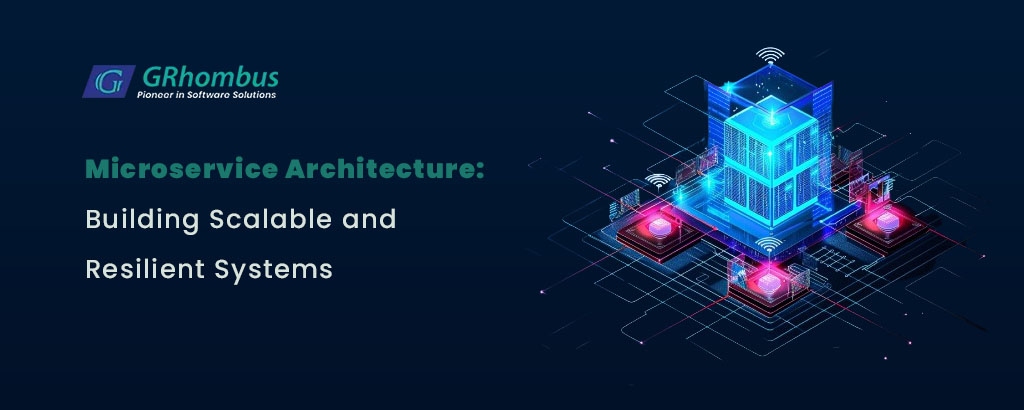Predictive analytics is an advanced form of analytics that makes use of new and historical data to forecast activity, behavior, and trends. It involves the use of statistical algorithms, machine learning techniques, and data analytics to identify the likelihood of future outcomes based on historical data. The goal is to go beyond knowing what has happened to provide a best assessment of what will happen in the future. Here, we’ll explore how predictive analytics is being leveraged for gaining future insights across various industries.
Understanding Predictive Analytics
At its core, predictive analytics encompasses a variety of statistical techniques including data mining, predictive modeling, and machine learning that analyze current and historical facts to make predictions about future or otherwise unknown events.
The Process of Predictive Analytics
- Data Collection: The first step involves gathering data from various sources including transaction records, social media, sensors embedded in devices, and business applications.
- Data Analysis: This step involves cleaning and processing the data to identify patterns and trends. This may involve handling missing data, removing outliers, and transforming variables.
- Statistical Analysis: Once the data is cleaned and prepared, statistical models are developed to identify relationships between various data points.
- Predictive Modeling: Using the insights gained from statistical analysis, predictive models are then developed. These models can be simple regression models or complex neural networks, depending on the complexity of the data and the prediction needs.
- Deployment: The predictive model is then deployed into a working environment where it can start making predictions about future events.
- Model Monitoring and Updating: Predictive models need to be regularly updated and monitored to ensure their accuracy over time. As new data becomes available, the models are recalibrated to maintain their effectiveness.
Applications of Predictive Analytics
- Finance: In finance, predictive analytics is used to assess credit risk, identify fraudulent transactions, and optimize stock portfolios.
- Healthcare: In healthcare, it is used to predict patient outcomes, optimize treatment paths, and manage hospital resources effectively.
- Retail: Retailers use predictive analytics for inventory management, customer segmentation, and personalizing shopping experiences.
- Manufacturing: In manufacturing, predictive maintenance techniques are used to predict equipment failures and schedule maintenance to prevent downtime.
- Marketing: Predictive analytics helps in predicting customer behaviors, optimizing marketing campaigns, and enhancing customer relationship management.
Challenges and Considerations
While predictive analytics can offer significant benefits, there are challenges to consider, including:
- Data Quality: The accuracy of predictions is heavily dependent on the quality of data.
- Complexity: Developing predictive models can be complex and requires specialized skills.
- Ethical and Privacy Concerns: The use of personal data in predictive analytics raises concerns about privacy and ethical use of data.
The Future of Predictive Analytics
As technology advances, the capabilities of predictive analytics are expanding. With the advent of big data, cloud computing, and artificial intelligence, the potential for predictive analytics is immense. Future trends include the integration of AI for more sophisticated models, the use of predictive analytics in real-time decision making, and greater emphasis on privacy and ethical considerations. In conclusion, predictive analytics is a powerful tool that can provide significant insights into future trends and behaviors. By leveraging data, businesses and organizations can make informed decisions that lead to improved outcomes. However, it’s essential to navigate the challenges carefully to fully realize the benefits of predictive analytics.



